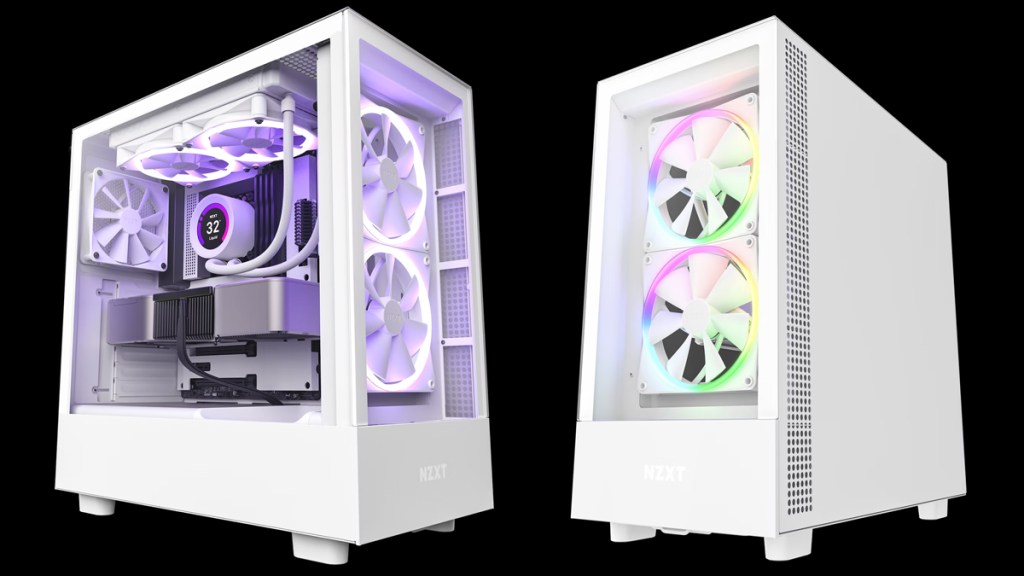Following the refresh of its H710 lineup that resulted in the new H7 series, NZXT has now taken aim at its H510 range of cases. Introducing the H5 series, which features both the airflow-focused H5 Flow and stylish H5 Elite. This review focuses on the latter, which made for an interesting build experience and, ultimately, proved to be a solid performer that looks great, too.
Get building
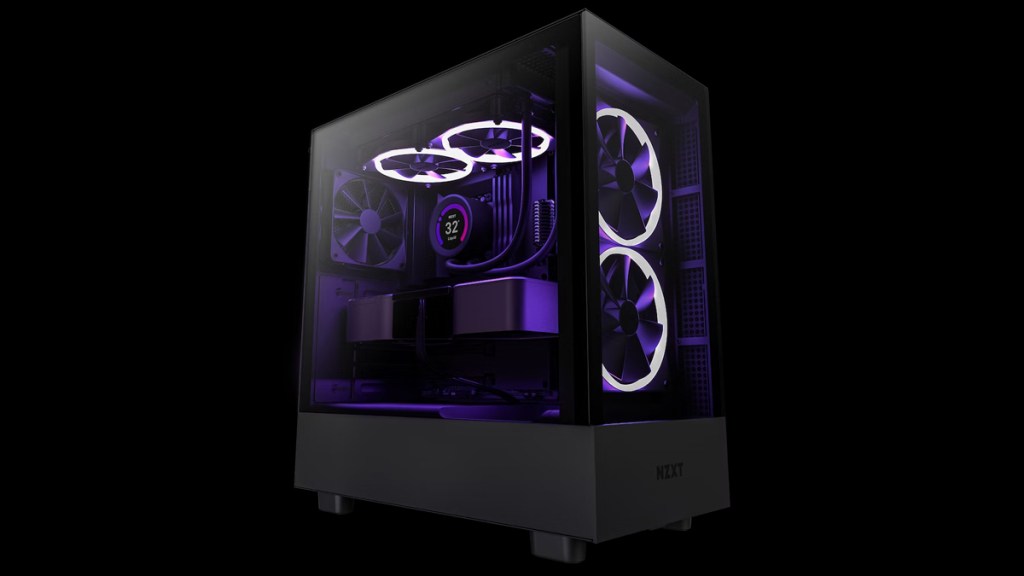
The H5 Elite continues NZXT’s trend of well-packaging its components to minimize potential damage from storing and shipping. Therefore, expect to take delivery of a bigger-than-you-might-expect box that includes the H5 Elite case, a brown box full of screws and other essentials, and front I/O split cables.
The three provided fans are already installed in the H5 Elite, with two 140 mm RGB fans in the front and a 120 mm fan in the bottom. Now when I say “in the bottom,” I do very much mean the bottom of the case, as NZXT has implemented a unique angled space for the provided 120 mm fan to sit. It’s set up as an intake, drawing air from below the system. While I was skeptical about this inclusion, my testing shows that it does help assist with cooling.
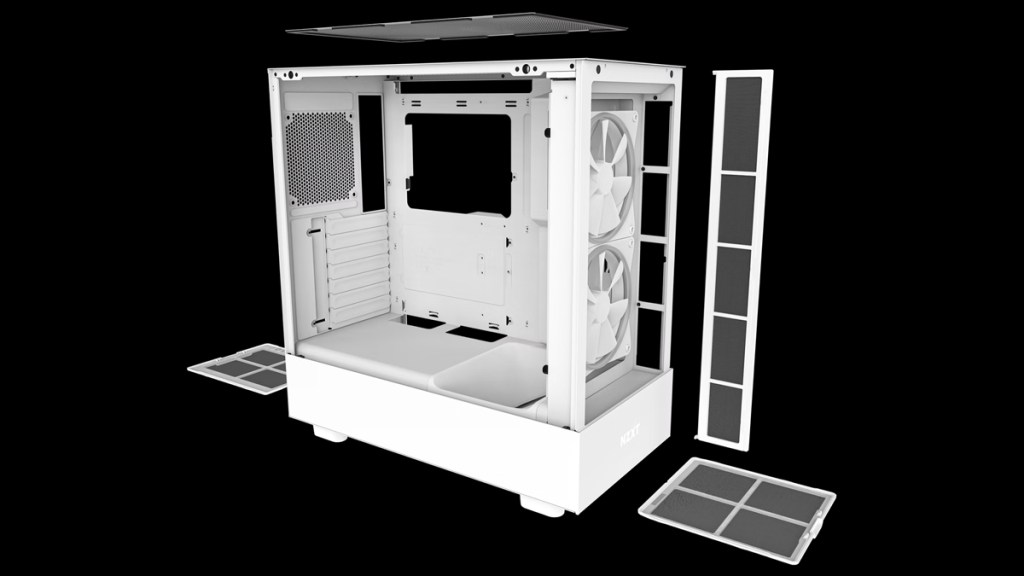
Though it comes in a big box, the H5 Elite retains the same compact mid-tower size of the outgoing H510 Elite. It’s similar in style, keeping the fan-favorite cable management bar and much of what made the H510 such a popular choice. With the H5, NZXT has focused on improving thermal performance and allowing for better cable management, without needlessly changing the overall look. I think this was the right move.
Building in the H5 Elite is very easy, with wide channels, hooks, and straps aiding the process. Ever since the NZXT H1, which made for the easiest PC build I’ve ever done, the company seems to be really thinking about the steps builders take. While I’m sure this is at least partly inspired by its own NZXT BLD pre-built service, enthusiasts and newcomers outside of the company can also benefit from the generous room for cable management.
Beauty and a beast
For testing, I turned to my trusty 3700X, 3070, and 32 GB RAM build combo, with two NVMe drives installed into the motherboard. Though I didn’t use any myself, the H5 Elite does provide enough room for up to two 2.5″ drives or, for those still using one, a 3.5″ drive. I think that should be enough room for most users, though if you’re still holding onto multiple 3.5″ drives, you may need to look elsewhere.
I completed my test build with the new NZXT T120 RGB cooler. As expected with anything NZXT, this air cooler does an excellent job of matching the H5 Elite’s aesthetic. With more NZXT components making their way into PC builds, it’s becoming easier to make everything match for that perfectly clean and minimal aesthetic.
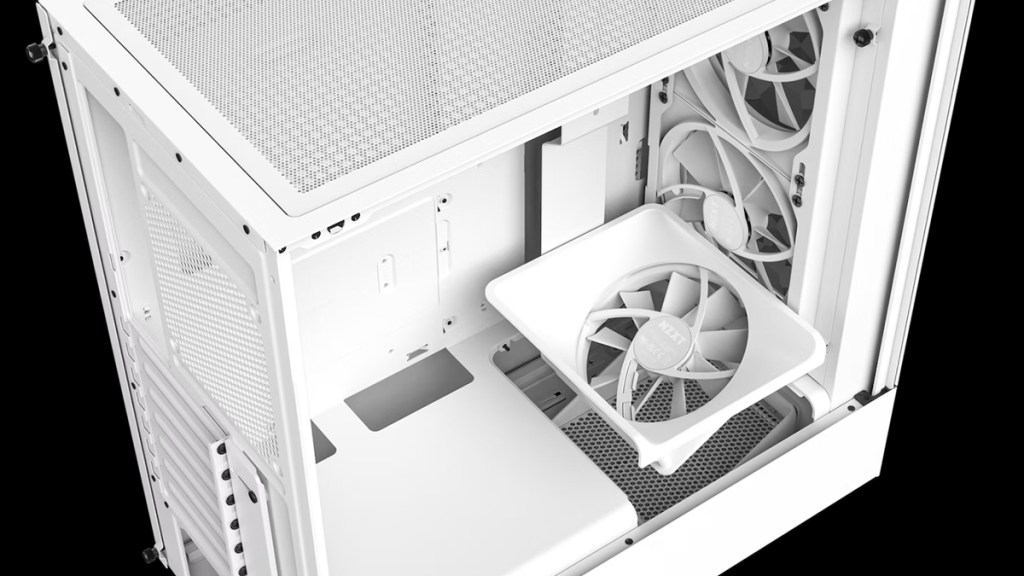
For those adding extra fans or other RGB components, the H5 Elite includes an RGB controller that supports up to three connectors. This might seem a little lacking, but with multiple NZXT fans able to daisy-chain off one another, the connector count shouldn’t prove much of a hindrance.
In use, the H5 Elite performed remarkably similar to the H7 Elite case that I tested here. Under gaming and stress loads, the differences were within one degree of each other. Considering the difference in size (and price), I think the H5 Elite has performed fantastically well when compared to its bigger brother. That 120 mm fan situated in the bottom of the case must be doing more than I had initially assumed!
The one major downside of the H5 Elite is how loud the fans are at default settings. I imagine most users will feel the need to lower the speeds for better acoustics. It’s not a deal-breaker, as it can be fixed with a few minutes of tweaking, but it’s not going to make the best first impression.
H5 Elite vs H5 Flow
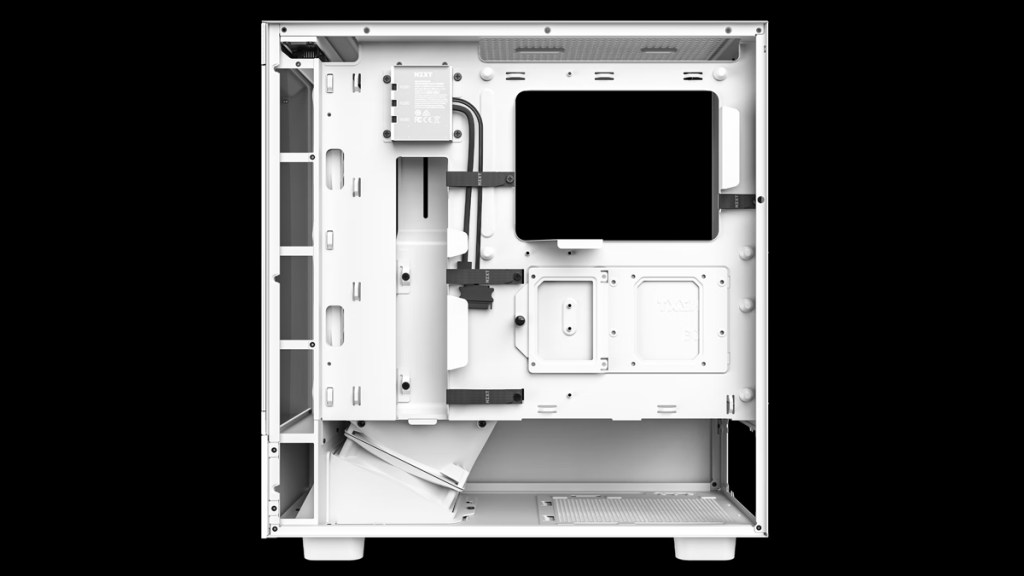
Though this review is for the H5 Elite, I think it’s worth quickly mentioning the Flow version of H5. While the Elite has a tempered glass front panel, the Flow has a perforated front panel allowing for better cooling potential. Put simply, I’d say the Elite is tailored to those who have aesthetics as a priority, while those obsessing over temperatures will be better off with the Flow.
Other features that put the H5 Elite above the H5 Flow are the built-in RGB controller and three included fans: two larger F140 RGB and one F120Q fan. These additional features add $45 to the overall price.
H5 Elite review sample was provided by NZXT.
Final Verdict
At $139.99, I think NZXT has done a solid job in pricing the H5 Elite. Perhaps I’m just used to prices shooting up recently, but a cent short of $140 is under what I was expecting. What’s more, the H5 Flow creeps up $100 at $94.99, which I’m sure will prove a popular amount amongst new builders.
Overall, the H5 Elite is a worthy refresh to a case that became incredibly popular with those looking for performance without compromising on aesthetics. I’m sure I’ll be seeing this case in the majority of “Setup Photos” posted across social media for the next few years, and with good reason!
Positives and Negatives
-
Looks fantastic.
-
Cable Management Bar is still here!
-
H7 Elite-level performance for a much cheaper price.
-
Easy to tidy/hide cables.
-
Fan in the bottom is cool.
-
Limited 2.5"/3.5" drive space.
-
Noise in the stock configuration is a bit loud.
-
Buyers are still sacrificing significant cooling potential for style.
